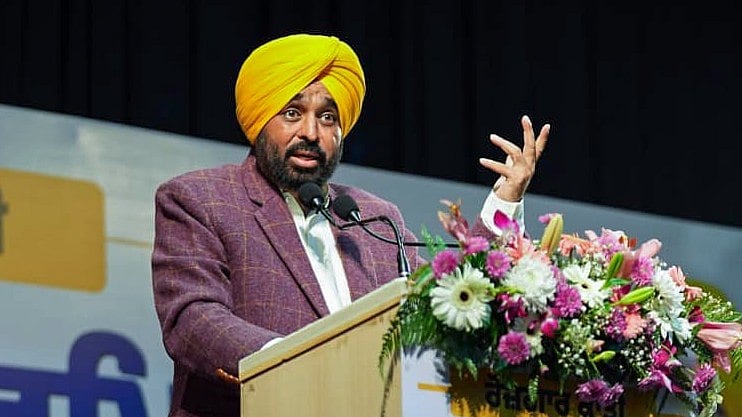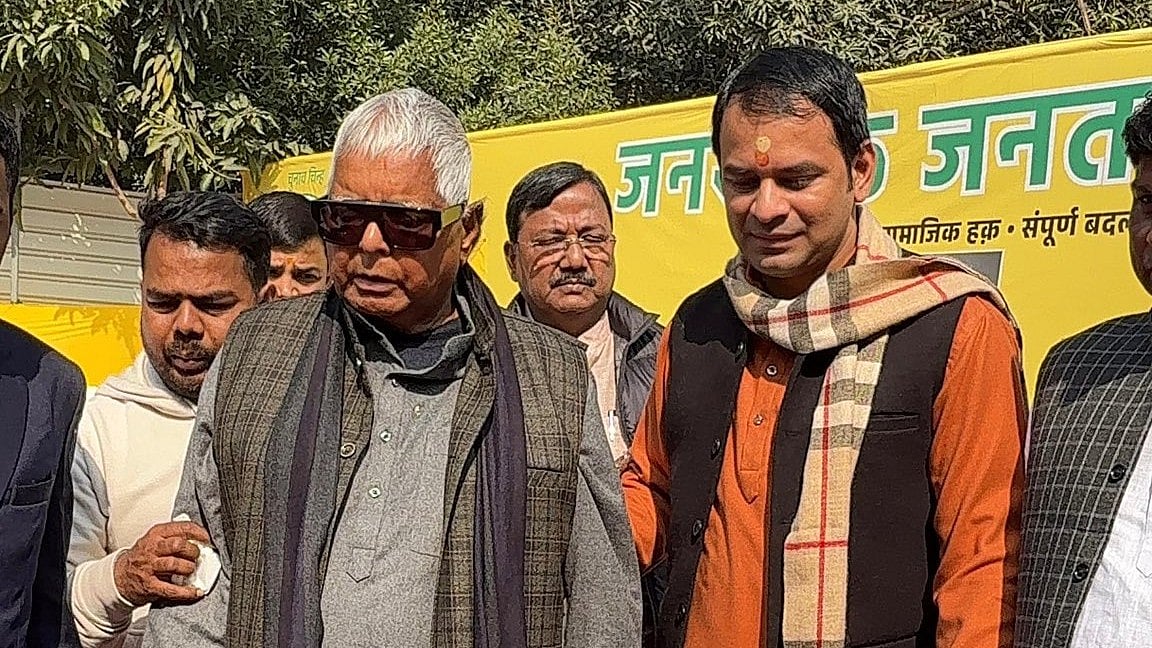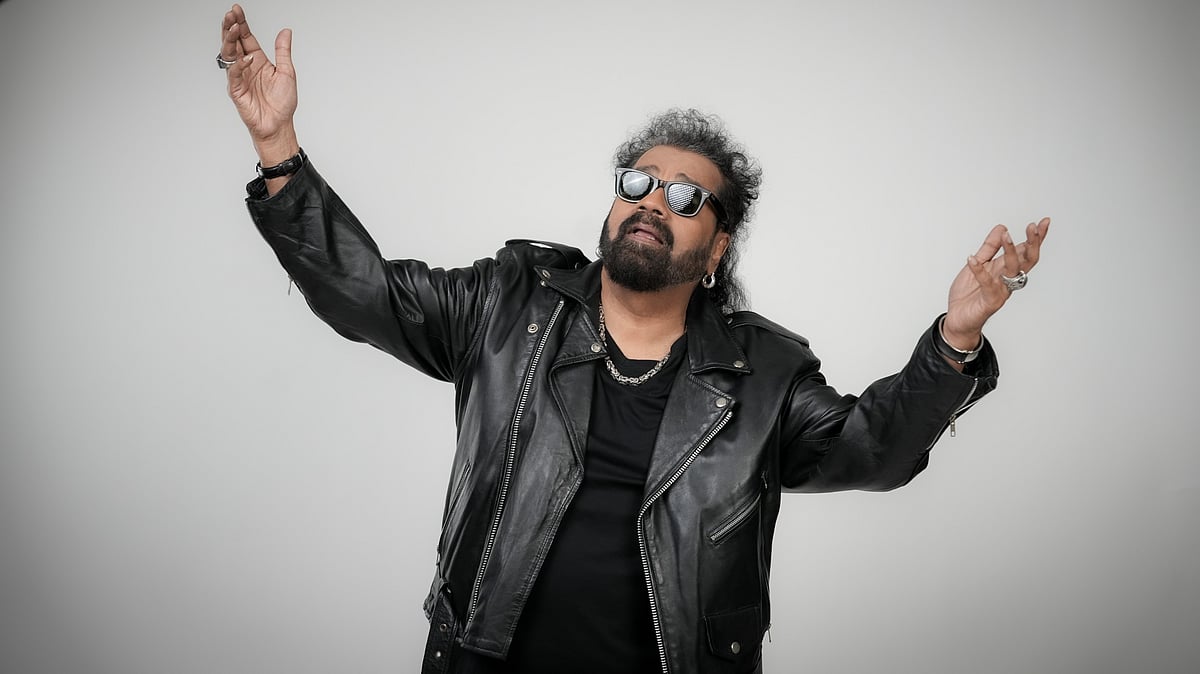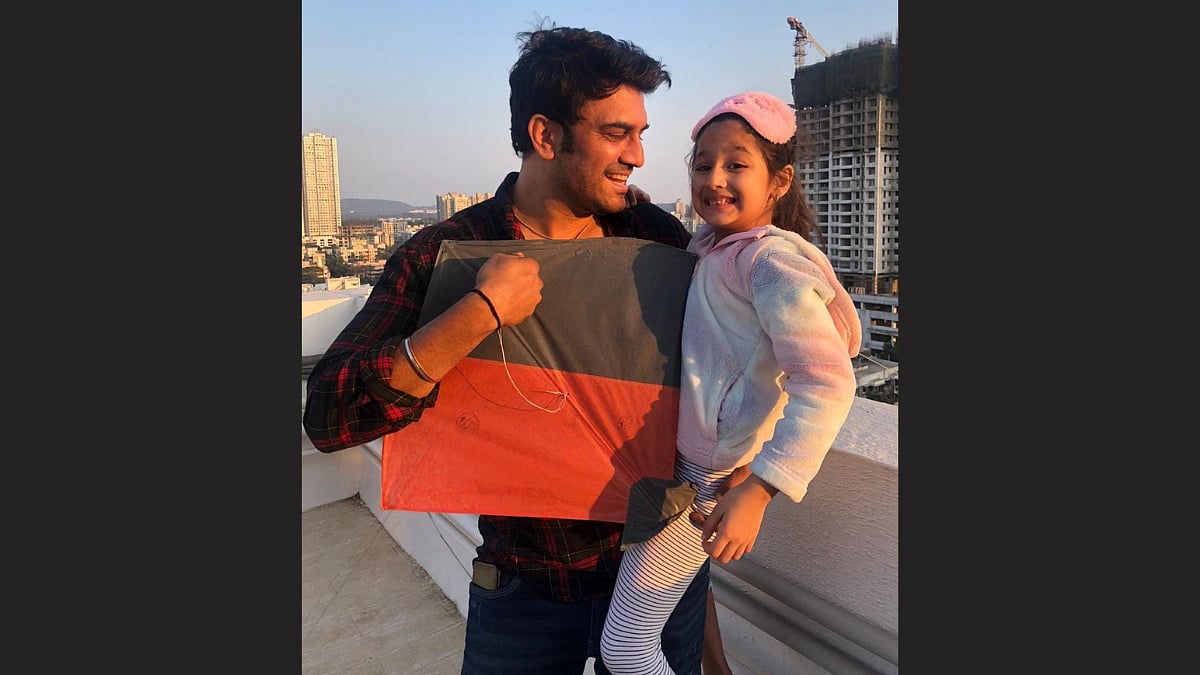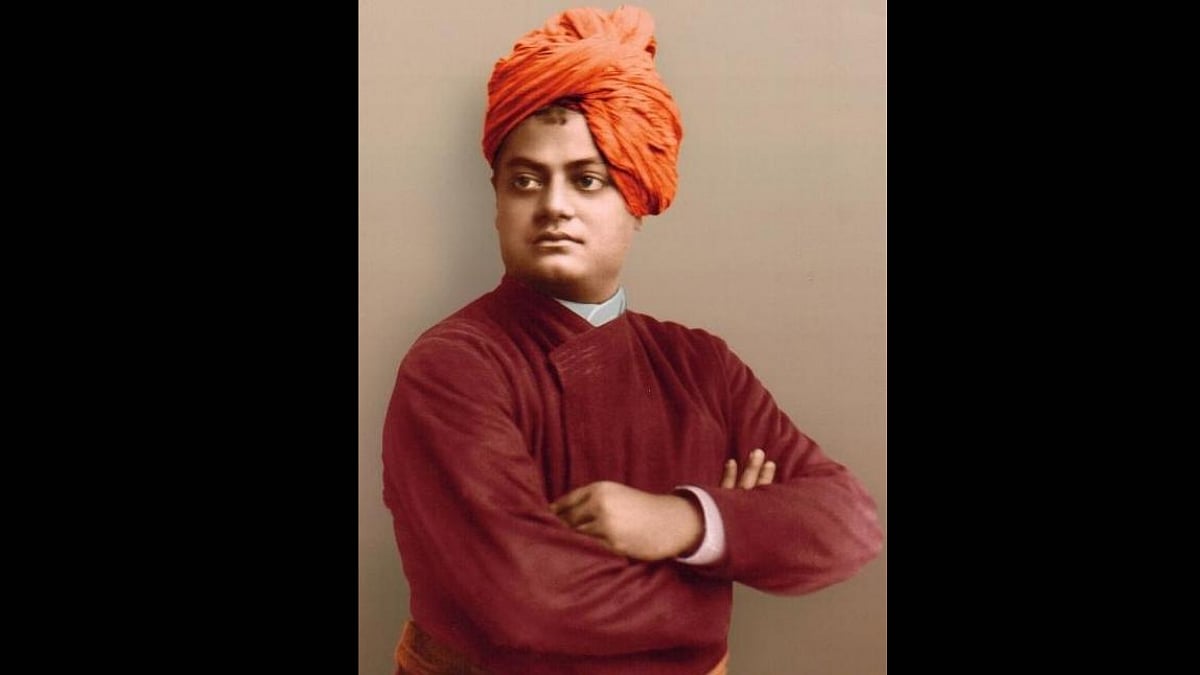In my recent journey with an Artisan Fund, I’ve come to appreciate the profound impact of art in promoting diversity and inclusion. From exploring galleries to engaging in art festivals and educational collaborations, one has witnessed a notable trend in today’s contemporary art world is the blurring of lines between art and craft.
Artists from marginalised backgrounds are reclaiming their narratives through mediums like embroidery and weaving, challenging traditional notions of artistic hierarchy. This shift underscores the importance of recognising the value of craftsmanship in artistic expression. Simultaneously, there’s a renewed appreciation for craft techniques and detailing. Ornamentation and craftsmanship are emerging as integral components of contemporary art, offering artists new avenues for creative exploration. However, debates persist regarding the artistic merit of certain techniques, highlighting the evolving nature of artistic discourse.

In India, traditional craft techniques like weaving are experiencing a revival, thanks to artists like Anju Dodhiya.
Dodhiya’s intricate tapestries celebrate cultural heritage and craftsmanship, showcasing the richness of India’s artistic tradition. Varunika Saraf’s intricate textile installations stand as a transformative power of art, weaving together stories of identity, heritage, and social justice, inviting viewers to delve into the complexities of contemporary Indian society.
The heritage of practices such as Kalamkari, Pattachitra, and Madhubani adds depth to India’s cultural legacy, showcasing vibrant colours and intricate patterns. Artisans like Jagdamba Devi and Mohanlal propel these traditional crafts onto the global stage, offering insights into rural communities and marginalised groups.
Delving into the intersection of art and craft reveals India’s rich tapestry of cultural heritage. Kalamkari originates from Andhra Pradesh and Telangana, featuring hand-painted or block-printed textiles. Pattachitra, a traditional painting from Odisha, depicts mythological narratives, while Madhubani art from Bihar portrays themes of mythology, nature, and daily life.

These once-local art forms now gain global recognition, with artists like Jagdamba Devi and Mohanlal showcasing their works internationally, transcending geographical and cultural boundaries. Their art serves as both creative expression and social commentary, shedding light on rural women and marginalised communities.

In the realm of contemporary art, artists like Anju Dodhiya are pushing the boundaries of traditional craft techniques, breathing new life into age-old practices. Dodhiya's intricate tapestries, inspired by the weaving traditions of India, serve as a testament to the enduring legacy of craftsmanship in the modern world. Through her work, she not only pays homage to her cultural heritage but also explores new avenues of artistic expression, blurring the lines between art and craft.
At the heart of this movement lies a desire to challenge traditional notions of artistry and embrace a more holistic approach to creativity. The dichotomy between art and craft is being dismantled, replaced by a more inclusive understanding of artistic expression. Whether it’s through intricate textile installations, innovative embroidery techniques, or traditional painting styles, artists are finding new ways to tell their stories and connect with audiences on a deeper level.
In my view, this trend represents the way forward for the contemporary art world. Similarly, the resurgence of craft techniques adds depth and texture to artistic expression, inviting viewers to explore the intricate details and nuances of each piece. As we look to the future, I believe that this fusion of diversity, craft, and tradition will continue to shape the contemporary art landscape, fostering creativity, dialogue, and understanding across cultures and communities.
The resurgence of craft techniques in contemporary art represents a departure from the minimalist ideals of the past and a step towards a more inclusive and diverse artistic landscape from a rich heritage, not just in India but globally.
As David Boyles said, “Craft is the visible edge of art.”
(Sonal Motla is an art curator and Director at Rachna Sansad and a visiting faculty with educational institutions like NIFT Mumbai, among others. Send your feedback to: sonal25fpj@gmail.com)

